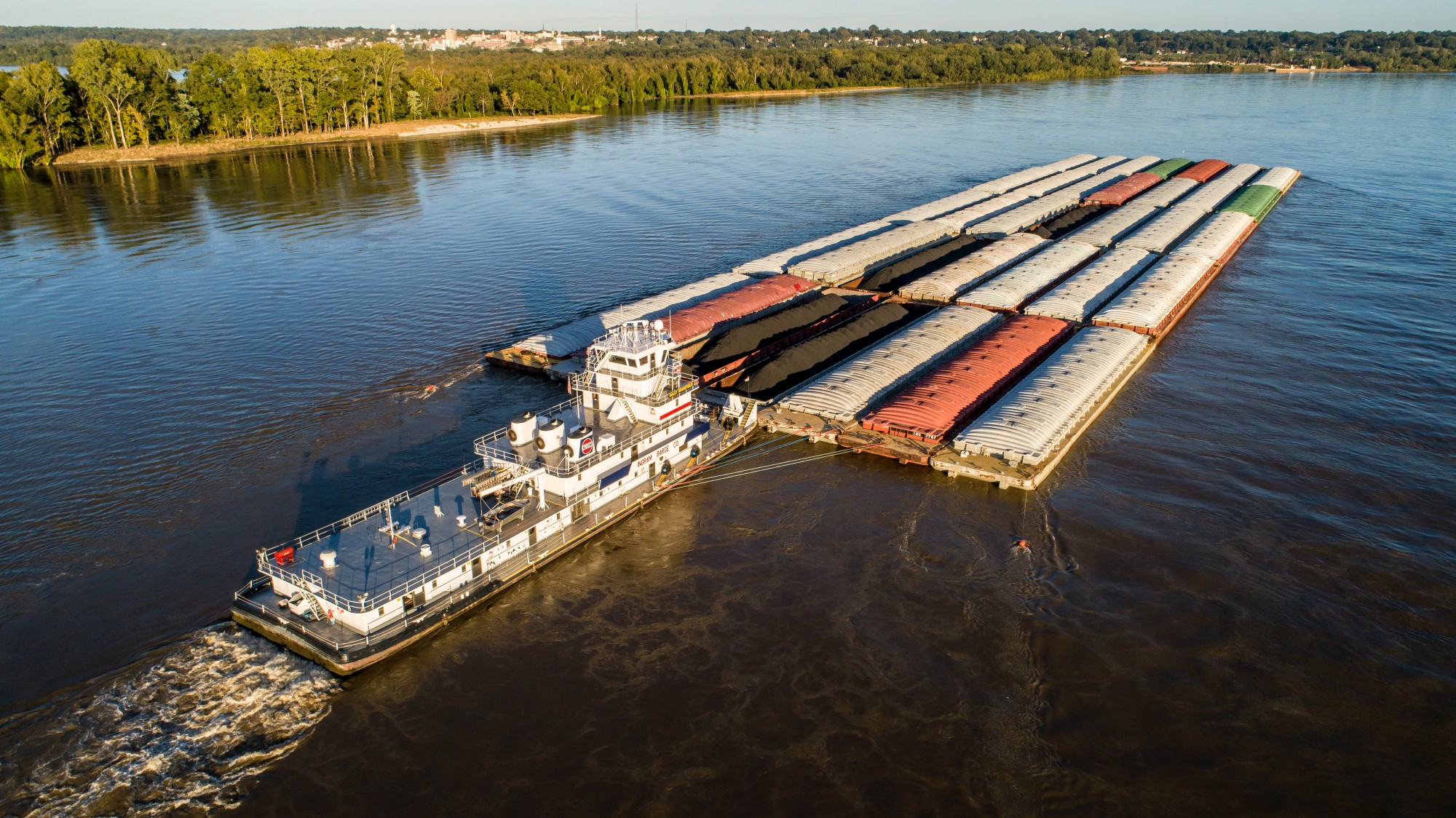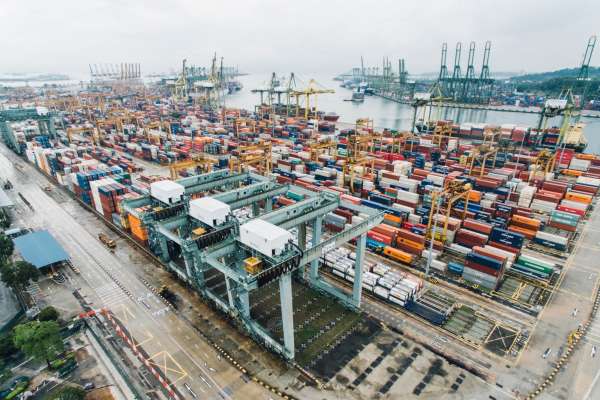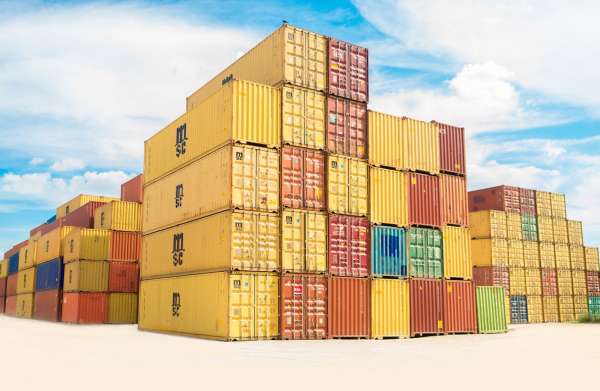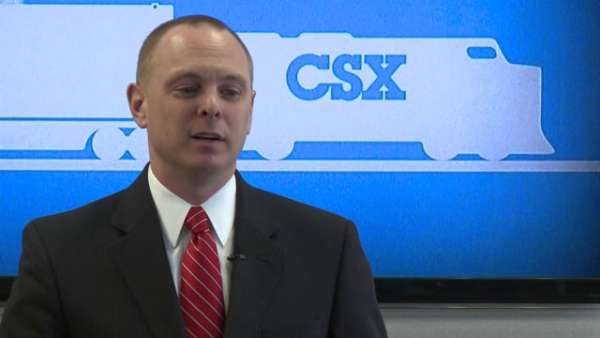Market to Market
# Transportation of commodities
Students learn about the need for infrastructure and logistics by engaging in a class discussion on where their food comes from and how it is delivered, playing the game then discovering the careers involved in logistics, transportation and infrastructure to move grain and many other goods and services.
Files
Teacher background
Recently a series of global crises has placed extreme stress on the logistics of trade domestically and internationally. While domestic transportation infrastructure has more or less remained intact, our abilities to protect employees, manage prices, and physically move goods from one place to another has been further complicated.
Transportation infrastructure is what connects U.S. farmers to domestic and international markets. Easy access to highways, rail, and waterways allow for efficient transportation of crops by growers and traders (watch this video to hear about where soybeans from the United States are shipped). Prior to the Industrial Revolution in the 18th and 19th Centuries, transportation infrastructure for large-scale trade was generally limited to waterways, namely rivers and canals. During industrialization, the construction and use of railways spread rapidly throughout the world, supplementing water transport and providing easier access to those locations without large flowing rivers or canals. During the second half of the 20th Century mass public roadways, such as interstates and highways, became increasingly widespread, further connecting those areas previously inaccessible by water or rail.
Why does it matter? The historical development of transportation infrastructure explains the shape of logistics networks today. Ground and water transport routes are still largely determined by pre-existing infrastructure, a great deal of which is more than a century old. Utilizing these routes requires many individuals on the ground, from the farmer who grows the crops and the drivers who operate the vehicles to the engineers who maintain the infrastructure and the businessmen who negotiate contracts. Each of these groups must maintain that infrastructure and cooperate to get goods from one market to another. Check out this webinar with CGB to learn more about how routes are chosen and what impacts grain movements. Another resource is this career video with Rusty Orben, Resident Vice President for CSX Transportation, and Jim Wellman, President of Wellman Seeds and Wellman Farms.
Resources
Next gen science standards
Science and engineering practices
- Asking questions (for science) and defining problems (for engineering)
- Developing and using models
- Analyzing and interpreting data
- Using mathematics and computational thinking
Crosscutting concepts
- Cause and effect
- Scale, proportion, and quantity
Disciplinary core ideas/content
- ESS2D Weather and climate
- ESS2E Biogeology
- ESS3B Natural hazards
- ESS3C Human impacts on Earth systems
- ESS3D Global climate change
- LS1B Growth and development of organisms
- LS1D Information processing
- LS2A Interdependent relationships in ecosystems
- LS2C Ecosystem dynamics, functioning and resilience
- PS4C Information technologies and instrumentation
- ETS1 Engineering Design
- ETS1A Defining and Delimiting an Engineering problem
- ETS1B Developing possible solutions
- ETS1C Optimizing the design solution
- ETS2 Links among Engineering, technology, science and society
- ETS2A Interdependence of science, engineering and technology
- ETS2B Influence of engineering, technology and science on society and the natural world





Share this